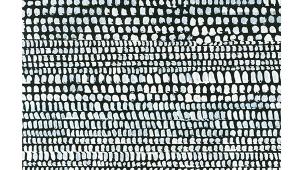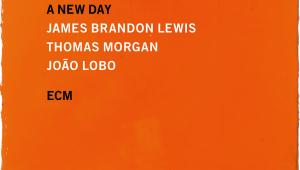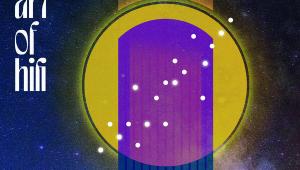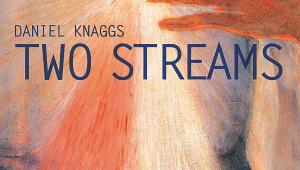Opinion: More Questions Answered?

With a technical heritage that stretches back to Meridian’s Lossless Packing (MLP), developed to shrink high-res audio file sizes, and a proprietary apodising digital filter conceived to avoid the pre-ringing of conventional FIR digital filters, MQA – Master Quality Authenticated – is more than just another digital technology.
On the face of it, MQA – by providing an assurance that you are experiencing exactly the same sound enjoyed in the recording studio – represents a paradigm shift in what audiophiles might collectively think of as ‘high-resolution audio’. MQA is not about throwing higher sampling rates and more bits at music files. Neither is it really about the ability to stream compacted files over a reduced Wi-Fi/Internet bandwidth, though this is certainly part of the ‘sell’.
Instead, the philosophy behind MQA revolves entirely around maintaining the temporal precision of the music. Its encoding process claims to compensate for the ‘time smearing’ introduced by the conventional FIR filters used throughout the recording/mixing/mastering chain. Regular readers will be familiar with this time distortion as the pre/post echoes that accompany the impulse responses that I publish alongside some of our DAC reviews.
Folding filesKeith Howard’s Investigation [HFN Apr ’15] explained MQA’s system of ‘music origami’ and how high sample rate files are ‘folded’ down, so that 88.2/176.4/352.8kHz sources are packaged into 44.1kHz files and 96/192/384kHz sources are folded into 48kHz files. In practical terms, for audio folded/compacted once by MQA (from 96kHz to 48kHz or 88.2kHz to 44.1kHz) there’s a full 23.85-bits available to describe the dynamic range while, for sample rates above 88.2kHz/96kHz where MQA folds the audio twice, the dynamic range is adjusted so any noise is at least 4-bits below the level of the music being coded.
So MQA is not lossless but puts its emphasis on time over frequency domain performance, claiming a reduction in ‘perceptual smear’ of 10x over 192kHz/24-bit LPCM. This is very tricky to illustrate with measurements (though I’m working on it!) so, for now, I can at least show how 88.2/96kHz MQA encodes differ from 176.4kHz+ encodes, even if only in the frequency domain.
On reflection…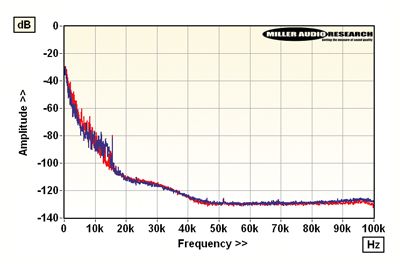
Graph 1 (above) shows averaged spectra of Keith Jarrett’s 1975 Köln Concert and how there’s little difference in the frequency/magnitude output of 96kHz LPCM (red) and MQA (blue) files. Any difference in ‘time smear’ is lost to this analysis.
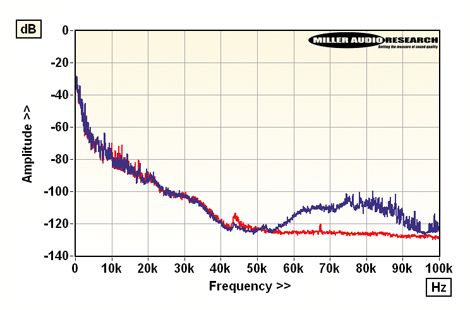
Graph 2 (above), however, illustrates what MQA calls the ‘upward rendering’ of aliasing products with twice-folded files, trading increased frequency distortion for reduced time distortion. The red trace shows a 192kHz LPCM rendering of Laura Metcalf's First Day while, in blue, a partial ‘image’ of her piano-playing is reflected above 48kHz from the MQA encode/decode.
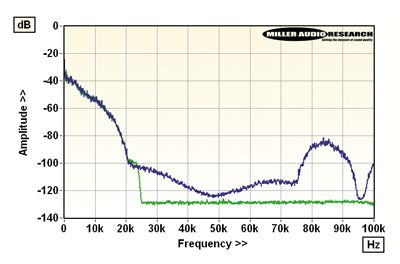
Finally, Graph 3 (above) shows another 192kHz MQA encode/decode (blue), this time of Metallica’s ‘Enter Sandman’ single from the band’s eponymous 1991 album. It’s recorded loud – very loud – and the alias of this ‘musical energy’ is clearly reflected above 48kHz. The green trace illustrates how this 192kHz MQA file is rendered without MQA decoding (ie, a non-MQA DAC). Here we see the spectral bandwidth and steep roll-off expected from a standard 48kHz file, with FIR filter.



